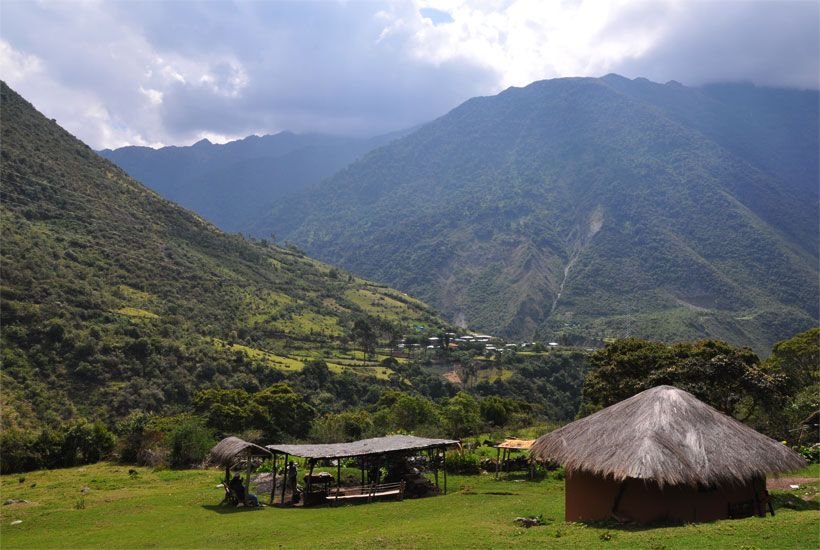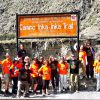Machu Picchu is regarded as the lost city of the Incan civilization that is believed to have occupied this city as early as the 14th and 15th centuries. This city was lost on the map for a long time and was only discovered in 1911 by a Yale archeologist named Hiram Bingham. One of the major reasons behind the preservation of this city’s architecture. Is its namelessness during the Spanish conquests? Since the city was concealed and perched at a colossal altitude of 2430 meters above sea level. It remained free from assaults and damage inflicted during the wars and conquests of this region.
Today, this area is accessible via several alternative and overlapping Machu Picchu treks. Each of these trails promises to impart a unique experience in terms of sights and difficulty.
Alternative Machu Picchu treks
The Salcantay Route is one such Peruvian trek, which cuts through the Mollepata valley next to the 20500 feet high Mount Salcantay. This Machu Picchu trek descends into a subtropical forest. Before merging with the traditional Inca highway into the ruins of Llactapata. From here, a downward walk into the train station can get you across the Urubamba River and into Aguas Calientes – a town at the base of Machu Picchu.
The Vilcabamba Traverse Route requires covering 60 miles of mountainous Peruvian trek. Initiating at Cachora, this Machu Picchu trek extends across the Apurimac River into the ruins of Choquequirao. It then passes through the low populated regions of Vilcabamba Mountain, a range that provides picturesque sceneries of forests, rivers, valleys, and grasslands. This trail eventually ends up a small walking distance from the foot of Machu Picchu city.
The Lodge Trek is a unique Machu Picchu trek developed keeping in mind the comfort and luxury of the traveler. This trek is marked with four quality serviced private lodges on the way to Machu Picchu. So while you hike on the uneven terrain and enjoy the scenic beauties throughout the day. You can sleep in a well-maintained bedroom at night for a little extra cost. The trail passes a height of 15000 feet above sea level before it lowers into a valley and villages, leading to Machu Picchu.
These three treks are regarded as medium to hard on the difficulty scale. It usually takes between five to eleven days to cover each of these Peruvian treks. With a guided tour, each of these treks promises to impart a memorable experience to retain for life! Facebook.


















